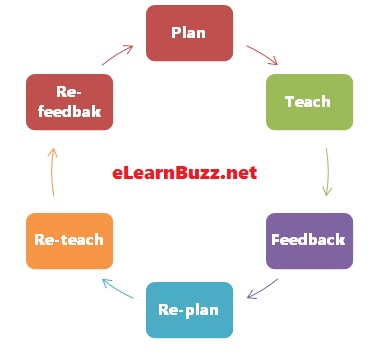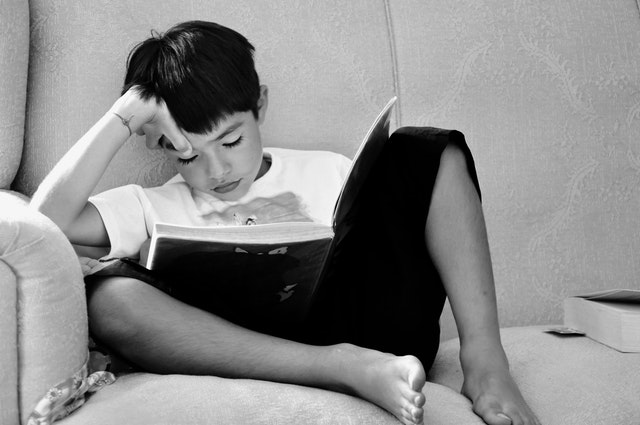Micro Teaching – for CTET and Other TETs Preparation
Micro teaching is a teacher training technique. This technique was was first developed by Dwight W Allen in 1963. It is an effective technique, used to build up skills, confidence and modification of teaching style and behavior in teachers. Therefore, it helps to learn and practice giving constructive feedback. Read – Piaget theory of Cognitive…



